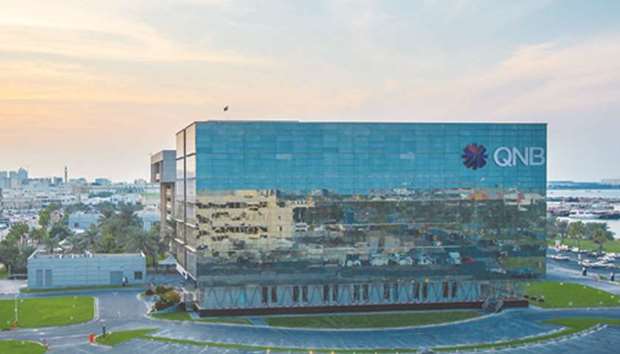QNB Group, the largest financial institution in the Middle East and Africa (MEA) region, has reported a 6% growth year-on-year in net profit to QR10.3bn in the first nine months of this year mainly on better cost management and lower provisions.
Although its net interest earnings fell 3% to QR13.2bn and net fees and commission income was flat at QR2.7bn, the bank brought down total expenses by 7% to QR4.9bn, thereby helping it maintain positive trajectory in profitability.
The decrease in net interest income was primarily driven by the devaluation of the Egyptian pound which took place in late 2016.
The group’s prudent cost control policy and strong revenue generating capability helped improve the efficiency ratio (cost-to-income ratio) to 29% as on September 30, 2017, which is considered one of the best ratios among financial institutions in the region. The ratio was 30.1% in the previous year period.
The capital adequacy ratio, calculated as per the Qatar Central Bank (QCB) and Basel III norms, stood at 15.4% at the end of September 2017, higher than the regulatory minimum requirements.
“The group is keen to maintain a strong capitalisation in order to support future growth targets,” the spokesman said.
Total assets reached QR792bn, up 11% from September 2016, the highest ever achieved by the group. This was driven by a 14% growth in loans and advances to QR579bn.
QNB Group was successful in attracting new customer deposits to comply with the cap on loans-to-deposit ratio of 100% set by the QCB, which would be effective from end of 2017. These deposit mobilisation efforts resulted in increased customer funding by 15% year-on-year to QR574bn as on September 30, 2017.
This led to the reduction in the group’s loan-to-deposit ratio to 100.8% compared with 101.3% in September 2016, which clearly demonstrates the success of QNB’s strategy to diversify its funding sources, according to the bank spokesman.
The lender was able to maintain the ratio of non-performing loans to gross loans at 1.8%, a level considered one of the lowest amongst financial institutional in the MEA region, reflecting the high quality of the group’s loan book and the effective management of credit risk.
The group’s conservative policy in regard to provisioning continued with the coverage ratio reaching 111% at the end of September this year compared to 130% in the comparable period of previous year.
The bank’s liquidity coverage ratio stood at 149% at the end of September this year compared to 116% in the previous-year period and net stable funding ratio was at 93% against 86% in the year-ago period.
In September this year, the QNB Group successfully completed the issuance of Formosa bonds under its Euro Medium Term Note programme and listed on the Taipei Stock Exchange. Under this, a $630mn tranche was issued with a maturity of 30 years callable every five years. The issuance was part of its on-going strategy to ensure diversification of funding in terms of type, tenor and geography.
“QNB Group follows a very conservative approach to manage its liquidity needs and a prudent liquidity management programme is in place to address urgent and exceptional business requirements,” the spokesman said.
In July, QNB Group commenced its operations in Mumbai, India. This network expansion comes in support of its vision to become a leading bank in the Middle East, Africa, and Southeast Asia by 2020, in addition to establishing a foothold in highly competitive markets.

QNB’s total assets reached QR792bn, up 11% from September 2016, the highest ever achieved by the group
